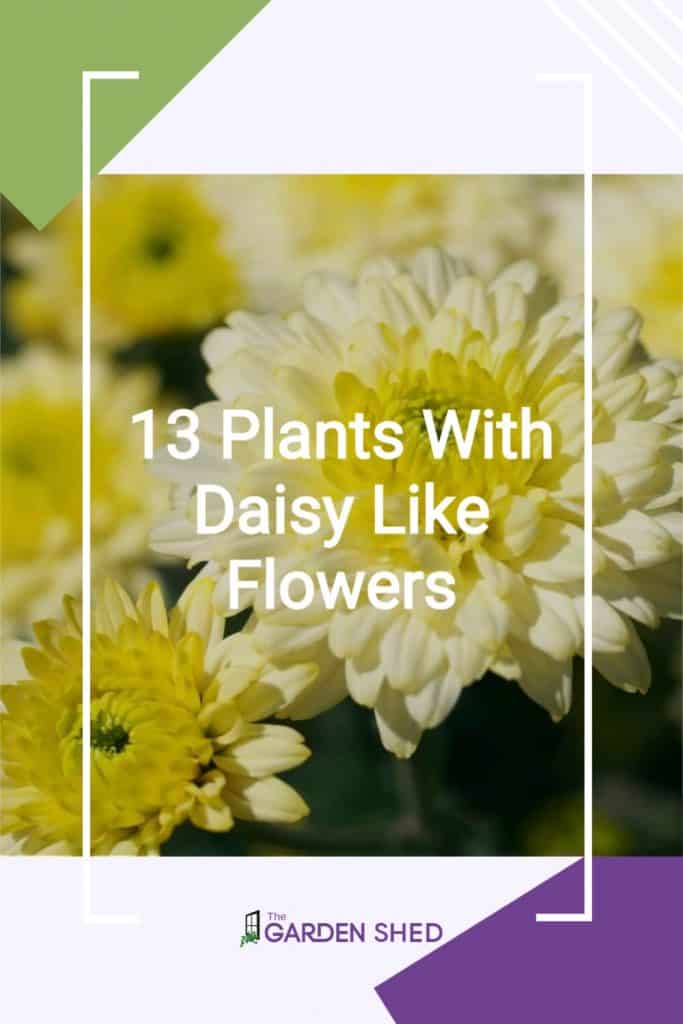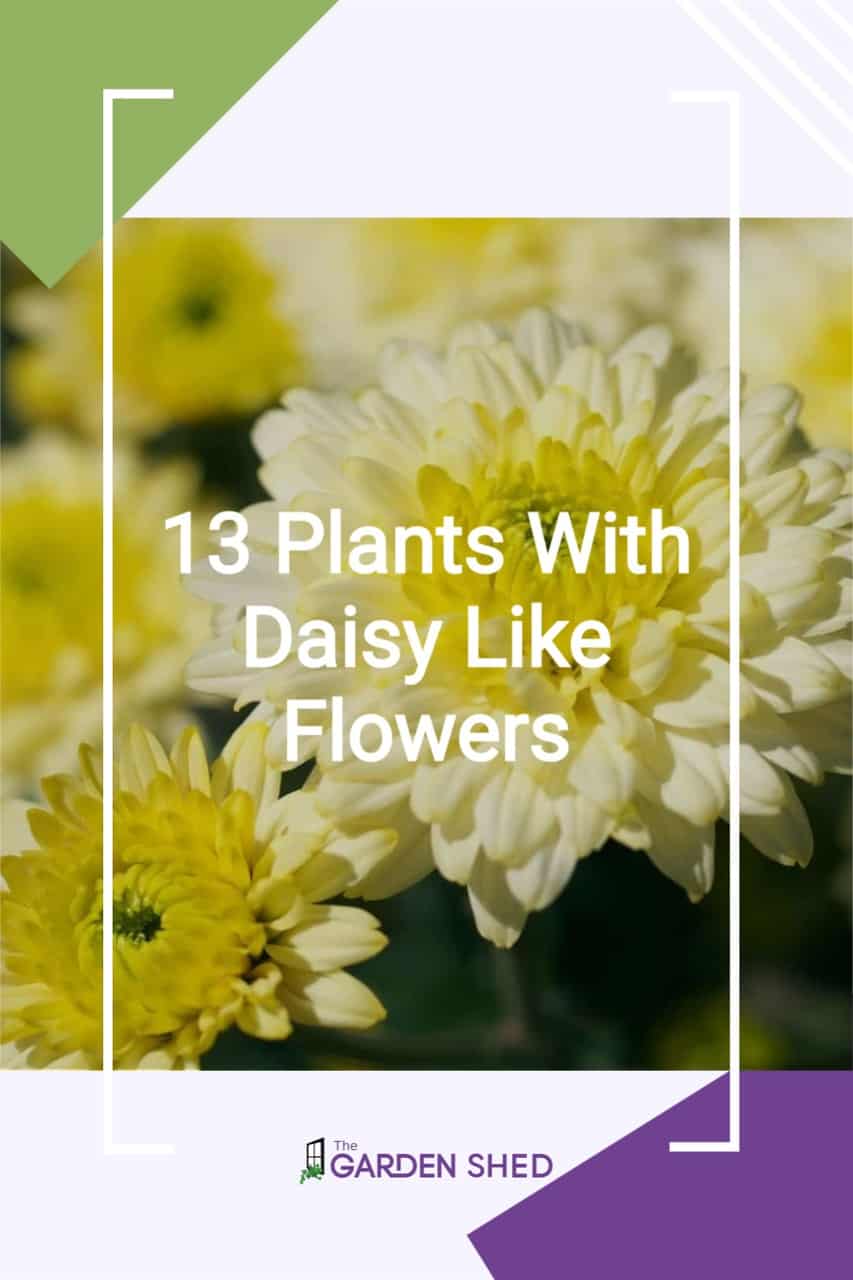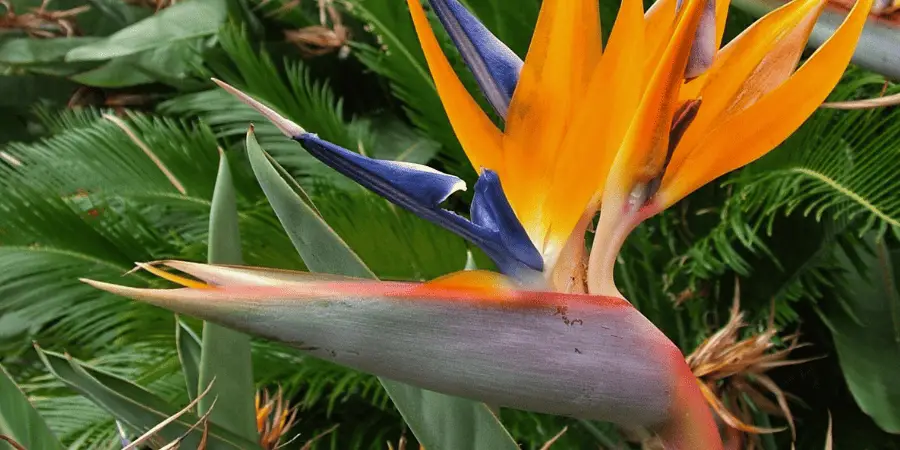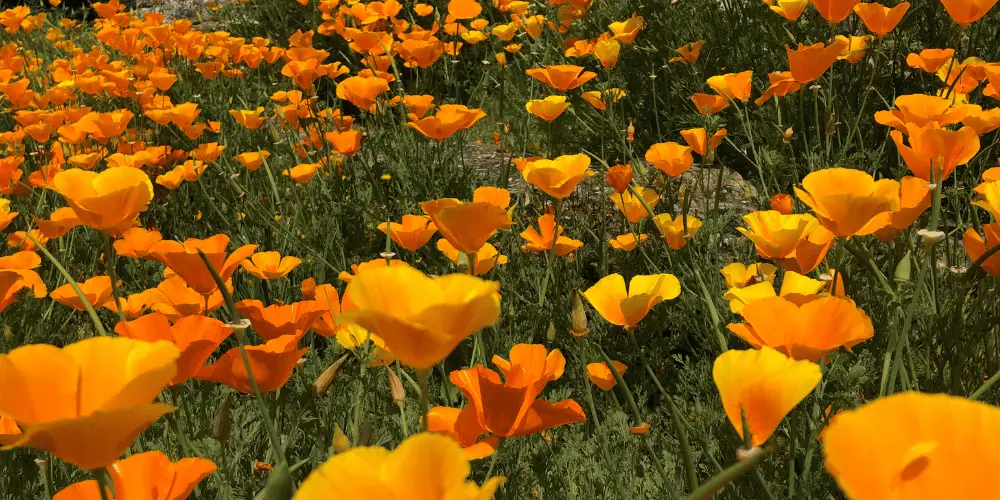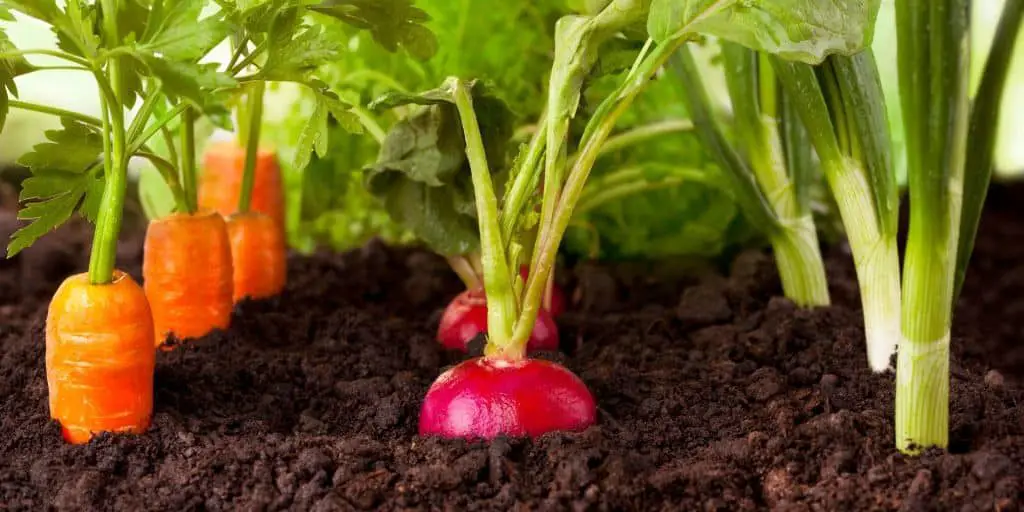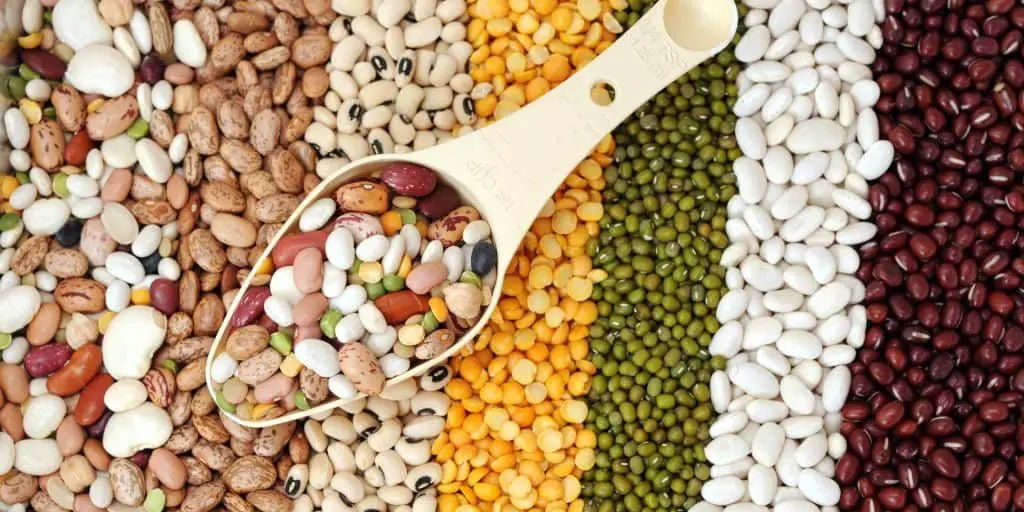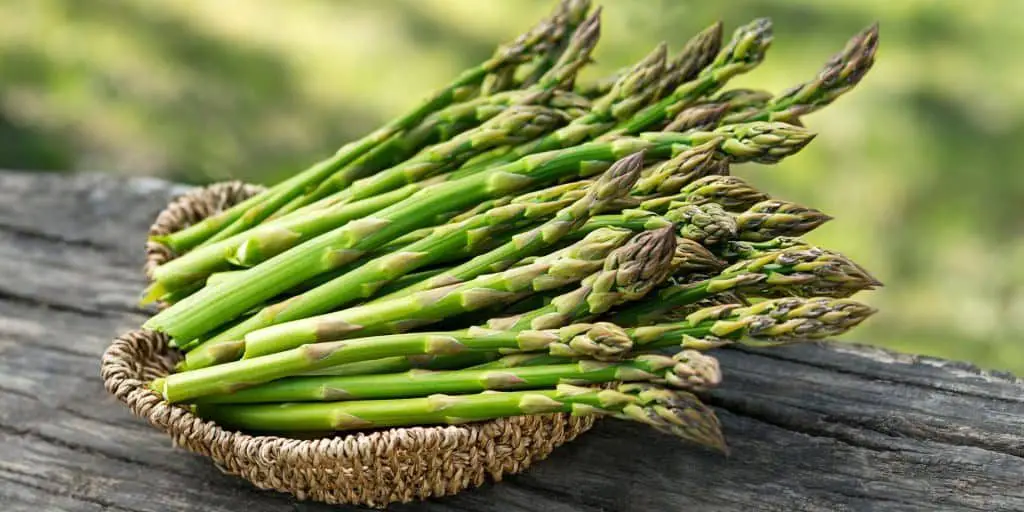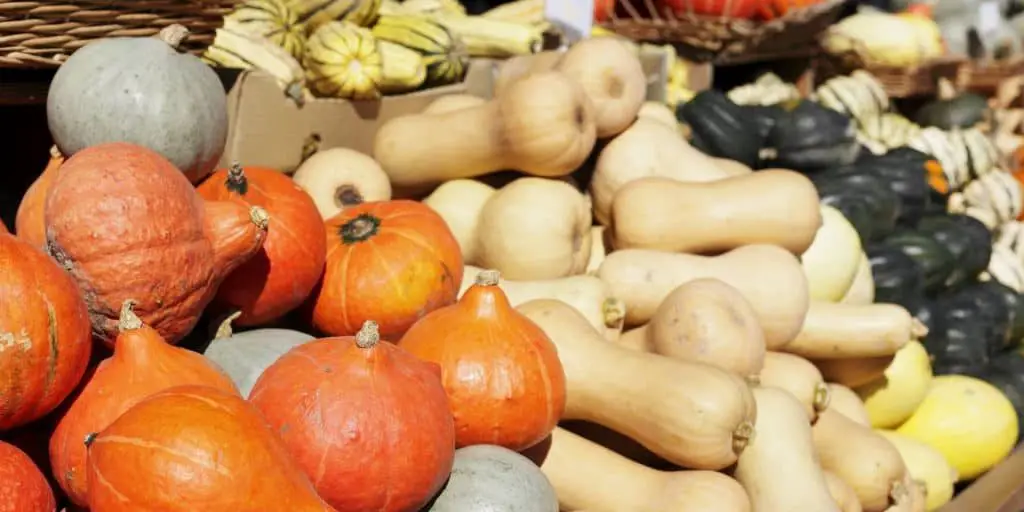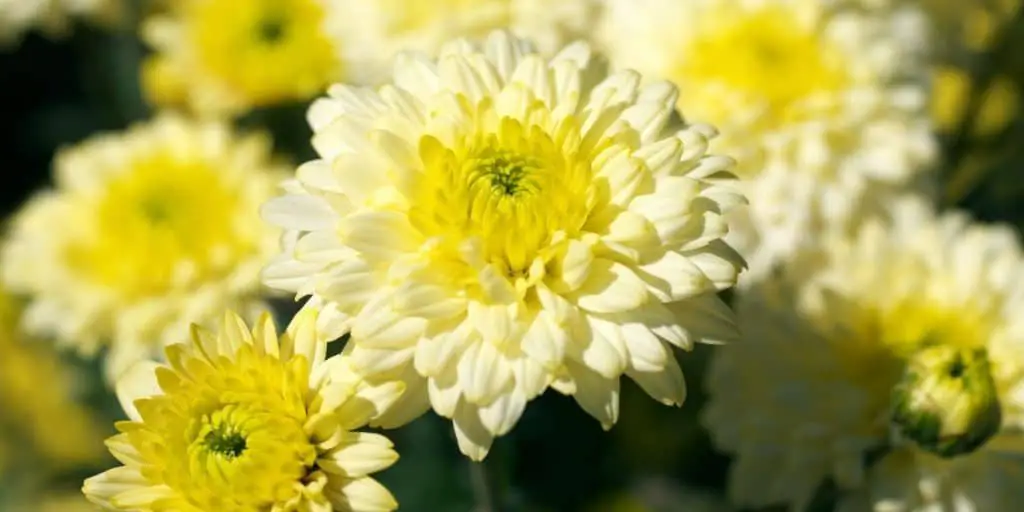
Plants With Daisy Like Flowers
The daisy might be the most well-known of all flowers. Fortunately, gardeners who love daisies have many plants with daisy like flowers to choose from. According to FTD, the daisy belongs to the Asteraceae family, the largest family of flowering plants. Within that family are 23,000 species, including asters, chrysanthemums, and sunflowers. Daisies can be an annual flower or a perennial flower, depending on the type. So, when one refers to a daisy, they could be referring to any of a wide variety of daisy like flowers. Some of the most popular are below.
African Daisy
African daisies grow from 1 to 3 feet tall and bloom from spring to fall. The flowers are native to Africa, but can now be found around the world. These exceptionally pretty flowers are available in a variety of colors including white, yellow, lavender, pink, purple, red, and orange. They do best in slightly acidic soil and benefit from fertilization. African daisies thrive in full sun. Perennial in warmer climates, African daisies are grown as annuals in colder climates. Deadhead to encourage continuous blooms. Botanical name: Osteospermum. USDA Growing Zones 9 to 11.
Black-Eyed Susan
Also called rudbeckia, the black-eyed Susan has dark yellow daisy like flowers with dark centers. They are native to North America and can be seen growing wild in fields. Black-eyed Susans grow 2 to 3 feet tall and bloom throughout the summer and early fall. They look beautiful planted in large masses. Many varieties self-sow easily. They enjoy full sun, are drought tolerant once established, and need well-drained soil. The blooms are bright yellow to orange-yellow with dark centers. These pretty flowers also attract butterflies and are deer resistant. Botanical name: Rudbeckia hirta. USDA Growing Zones 3 to 7.
Blanket Flower
Also known as gaillardia, the blanket flower is very easy to grow and self-sows easily. The bright colored daisy like flowers are red, yellow, orange, and peach. It does best in full sun and rich soil. It does not do well in heavy clay soil. The blanket flower is native to the western United States. The most common type of blanket flower grown in gardens is Gaillardia x grandiflora. This popular perennial has large flowers and is tolerant of heat, drought, and poor soil conditions. Botanical name: Gaillarida. USDA Growing Zones 3 to 10.
Chrysanthemum
Also known as garden mum, these hardy perennial mums provide a burst of late season color from September to frost. They grow in a clump and are generally 2 to 3 feet tall. The blooms are varied in shape depending on the variety, but also include daisy like flowers. They require moist soil and full sun. Plant in spring for fall blossoms and pinch back buds in early summer to increase blooms and encourage branching. Colors include yellow, orange, white, red, pink, lavender, burgundy, and purple. Botanical name: Chrysanthemum. USDA Growing Zones 5 to 9.
Coreopsis
Coreopsis includes more than 70 perennial plants with daisy like flowers. Also known as tickseed, the plants are typically 1 to 2 feet tall. If trimmed back after the first bloom, they will generate late season blooms. Butterflies, bees, and other pollinators are drawn to these pretty flowers. Colors include yellow, orange, pink, white, and purple. They thrive in full sun in well-drained soil. They are drought tolerant, humidity tolerant, and even perform well in poor soil. Botanical name: Coreopsis. USDA Growing Zones 3 to 9.
Echinacea, Purple Coneflower
Echinacea, also known as coneflower, is a pretty daisy like flower with purple petals that droop downward. This tough and pretty flower is found wild across much of the United States and has become a favorite of gardeners. They do well in full sun to part shade and are tolerant of poor soil as long as it is well-drained. They grow 2 to 4 feet tall and bloom in June and July. Butterflies are attracted to coneflowers. Additionally, these sturdy plants are deer resistant. Like most coneflowers, once established, the purple coneflower is drought resistant. Botanical name: Echinacea purpurea. USDA Growing Zones 4 to 10.
Echinacea, Pale Purple Coneflower
Similar to the purple coneflower, the pale purple coneflower has paler blooms that are closer to pink that purple. The petals also droop downward. They are a bit smaller than the purple coneflower, averaging 2 to 3 feet tall. The coneflower is native to the United States and can be found in large numbers across the Mississippi valley growing naturally. Botanical name: Echinacea pallida. USDA Growing Zones 3 to 8.
English Daisy
The English daisy is a common daisy that is quite easy to grow. It blooms from April to June. Common colors include red, pink, and white. They usually 3 to 6 inches tall and self sow easily. They do best in areas where summers are cooler. In such areas, the plants can become invasive, which is how they earned their nickname of lawn daisy. Botanical name: Bellis perennis. USDA Growing Zones 4 to 8.
Gerbera Daisy
Also called the gerber daisy, the gerbera daisy grows in clumps and is susceptible to cold weather. Plants typically grow between 12 and 15 inches tall. Common color varieties include red, yellow, and orange. They grow best in partial sun to full shade in rich, well-drained soil. The Gerbera daisy is classified as an annual but it will tolerate temperatures as low as 30 degrees, so it can behave as a perennial in the warmest parts of the country. Botanical name: Gerbera jamesonii. USDA Growing Zones 8 to 11.
Marguerite Daisy
These pretty daisy like flowers can be seen along roadsides and in pastures across the United States. The University of Wisconsin website tells us the margarite daisy originated in the British Isles, Europe, and northern Asia. Also known as oxeye, field daisy, white daisy, moon daisy, and dog daisy. The plant was introduced to North American some time ago and quickly naturalized to the point of being an invasive species in some areas. It aggressively self sows and is a persistent problem in pastures and lawns.
Despite this, the marguerite is also a favorite of children who make daisy chains or play He Loves Me, He Loves Me Not with this tough little perennial daisy. It grows to between 1 and 2 feet tall with typical white flowers with yellow centers. Plants bloom in spring and will continue to bloom through the summer if deadheaded. It prefers heavy, moist soil but tolerates a wide variety of soil conditions. Botanical name: Leucanthemum vulgare. USDA Growing Zones 3 to 9.
Montauk Daisy
Montauk daisies originated in coastal Japan and are also called Nippon daisies. They picked up the former name in the United States after naturalizing on Long Island around the town of Montauk. They grow in impressive shrub-like mounds up to 3 feet tall. The foliage is sturdy and the white blossoms are showy with a greenish center. Montauks bloom in the late summer and fall. The plants prefer well-drained soil and even do well along coastal regions where salt spray can be a problem. The pretty plants are deer and rabbit resistant. Botanical name: Nipponanthemum nipponicum. USDA Growing Zones 5 to 9.
Painted Daisy
Painted daisies, also known as pyrethrum, are daisy like flowers with striking colors (red, pinks, and white) around a yellow center. They grow in clumps of about 1.5 to 2.5 feet tall and wide. The plant is a perennial, but is often grown as an annual in very hot or cold regions. Bloom time can range from late spring through mid-summer, depending on the variety. Botanical name: Tanacetum coccineum (formerly Chrysanthemum coccineus). USDA Growing Zones 4 to 9.
Shasta Daisy
The Shasta daisy is a popular low-maintenance daisy that grows in showy clusters. Plants can be as tall as 4 feet and as wide as 2 feet. Blooms are large and showy. They make excellent cut flowers. Shasta daisies enjoy full sun and do not do well in wet or heavy soil. For ultimate blooms, plant in well-drained fertile soil. Botanical name: Leucanthemum x superbum. USDA Growing Zones 5 to 9.
Reference:
FTD created an excellent article that explains how daisies are classified and incudes photos of 94 of the worlds most popular daisies.
Related posts:
- Deadheading Flowers: How to Enjoy Your Flowers Longer
- Native Florida Flowers: 12 Colorful Ideas For Your Yard
- Flowers That Attract Bees To Your Garden
